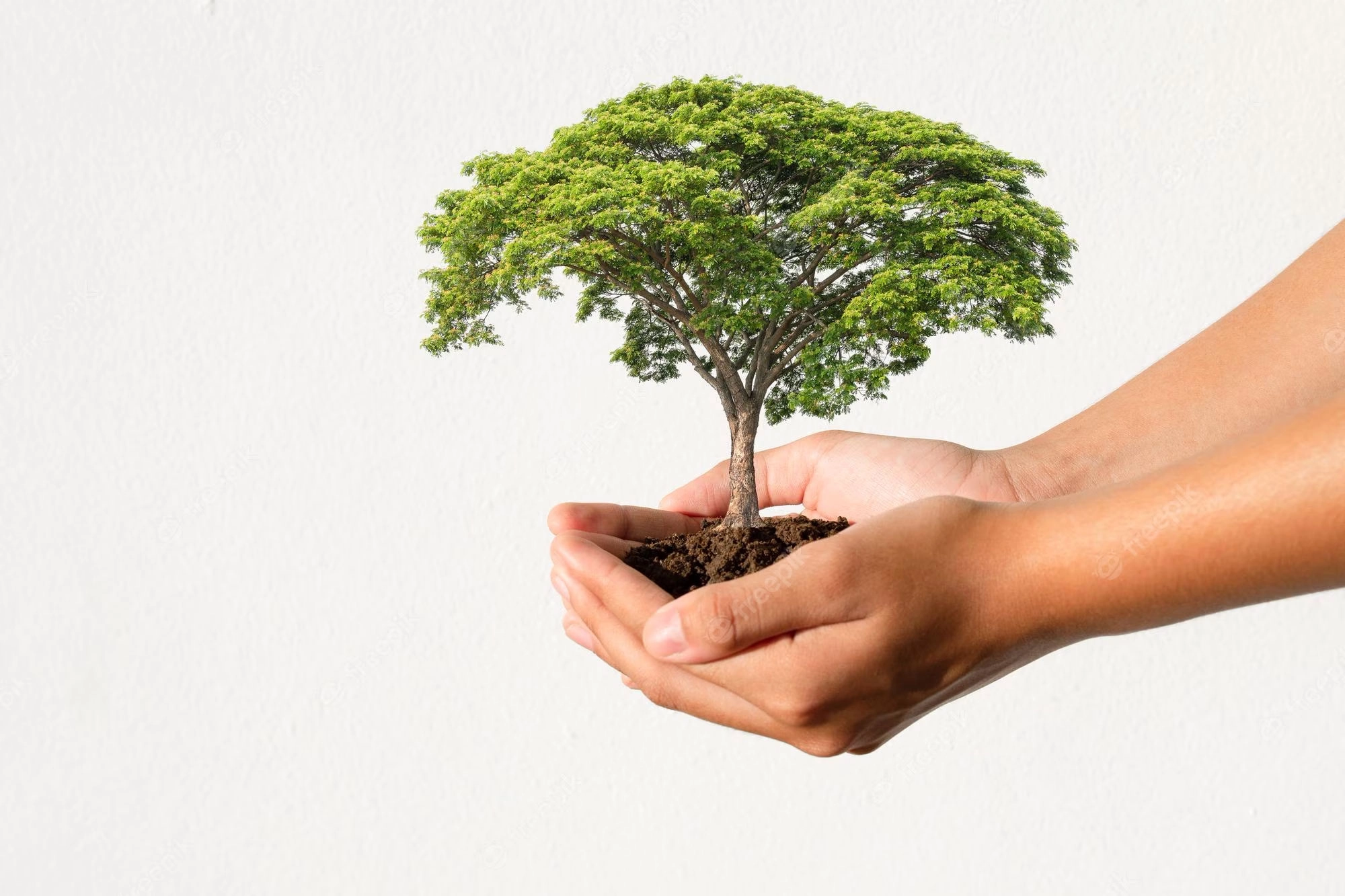Living in Hartford offers us a unique experience with the changing seasons, each of which has a direct impact on the local tree life. Whether you have a green thumb or simply appreciate the beauty of nature, grasping the art of tree pruning is essential for the overall well-being and appearance of your trees.
Your Comprehensive Guide to Tree Pruning:
Proper tree pruning is both a science and an art. It involves understanding the biological processes of trees and employing techniques that promote their health and vitality. Here's a breakdown of key aspects:
- Timing: Choose the right time to prune. Late fall or winter, when trees are dormant, is ideal. This minimizes stress on the tree and reduces the risk of diseases. Avoid pruning during the spring growth period.
- Health Benefits: Pruning is not just about aesthetics; it's crucial for the tree's health. Regular pruning removes dead or diseased branches, improving air circulation and sunlight penetration. This helps prevent diseases and pests from taking hold.
- Tool Maintenance: Always start with clean tools. Disinfect pruning tools before and between cuts to prevent the spread of diseases. Sharp, well-maintained tools ensure clean cuts, promoting faster healing for the tree.
- Purposeful Pruning: Have a clear purpose for each pruning session. Whether you're enhancing the tree's shape, removing hazards, or promoting better growth, clarity in your goals prevents over-pruning and supports the tree's natural form.
- Professional Consultation: When in doubt, seek professional advice. Certified arborists can assess your tree's specific needs and provide tailored guidance. They understand the nuances of tree biology and can offer recommendations for long-term health.
- Seasonal Considerations: Adapt your pruning schedule to the seasons. Spring is a great time for light pruning, while winter is ideal for structural pruning. Understanding seasonal variations helps you make informed decisions.
- Water Sprout Removal: Identify and remove water sprouts – vigorous, vertical shoots – during pruning. This encourages the tree to allocate energy to healthier growth, improving overall structure.
- Thinning vs. Heading: Different pruning techniques achieve distinct results. Thinning removes entire branches, promoting better air circulation. Heading trims back specific parts, encouraging bushier growth. Choose the technique based on your tree's needs.
Enhancing the health and beauty of your trees through proper pruning is a rewarding endeavor. It's an investment in the long-term well-being of your landscape. The specialists at Hartford Tree Service are always here to share their expertise and ensure your trees thrive in every season.



